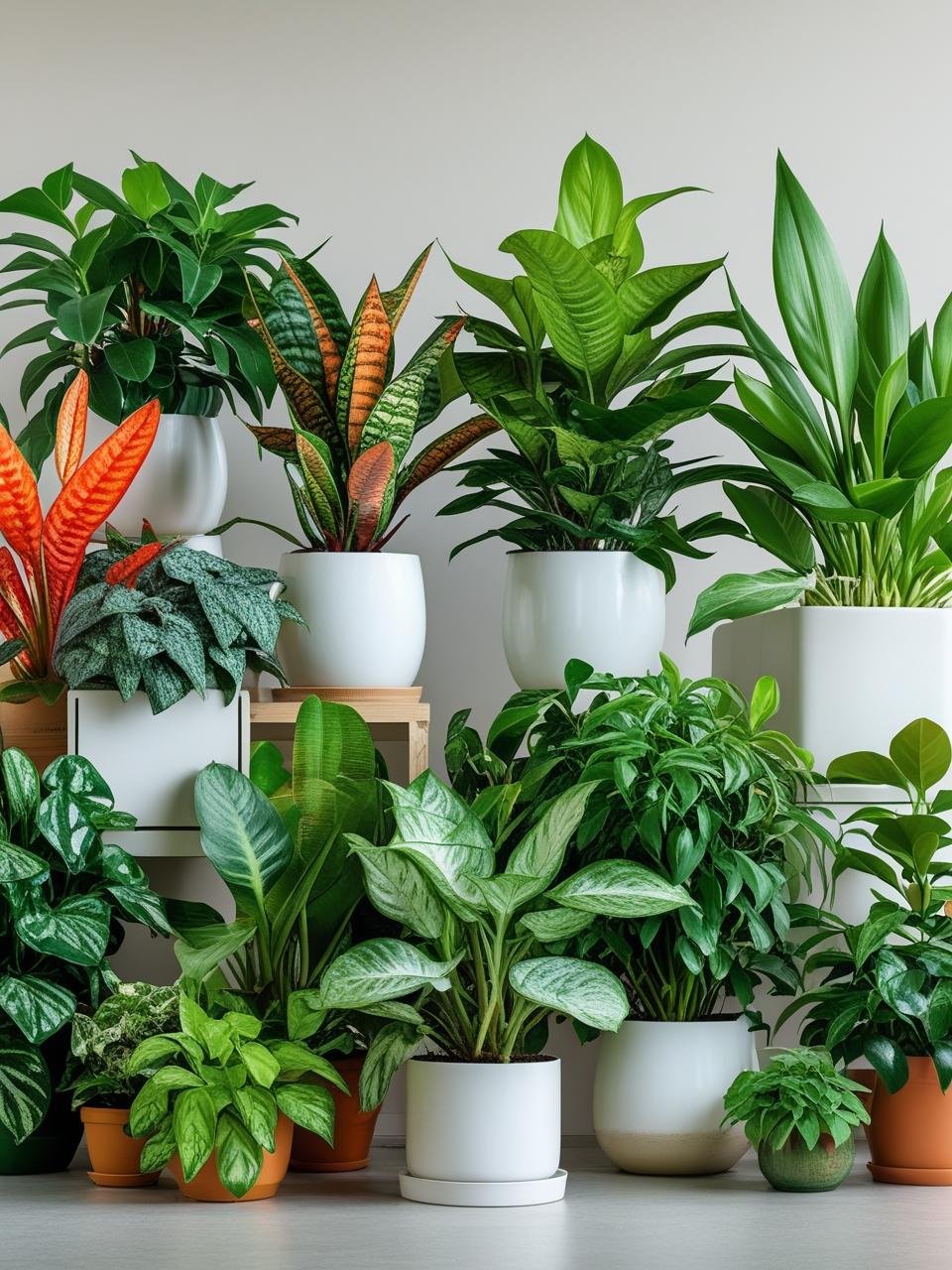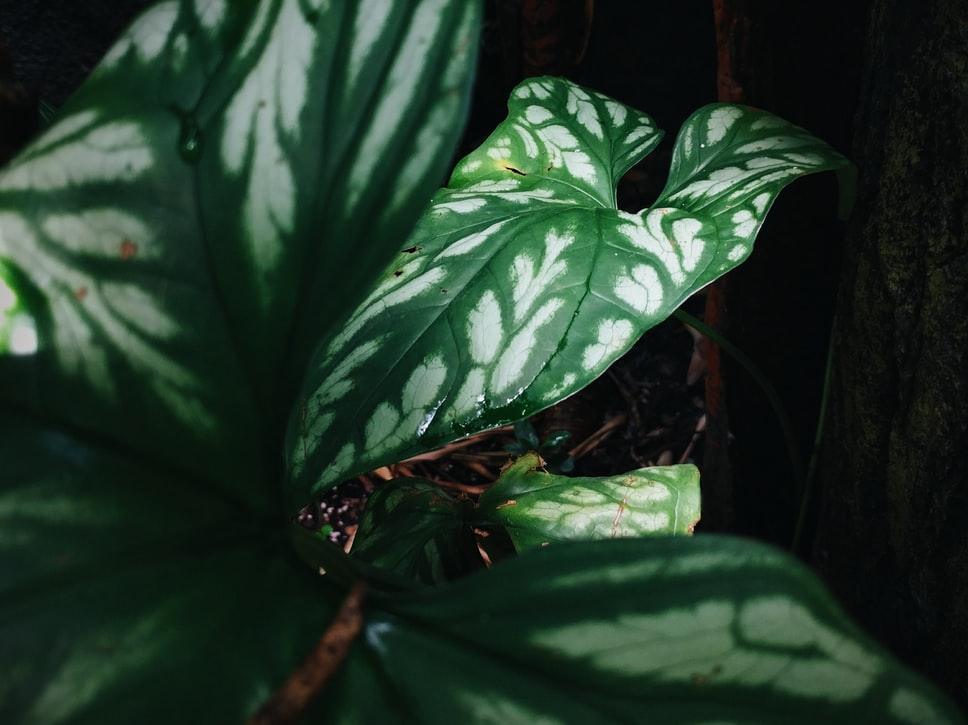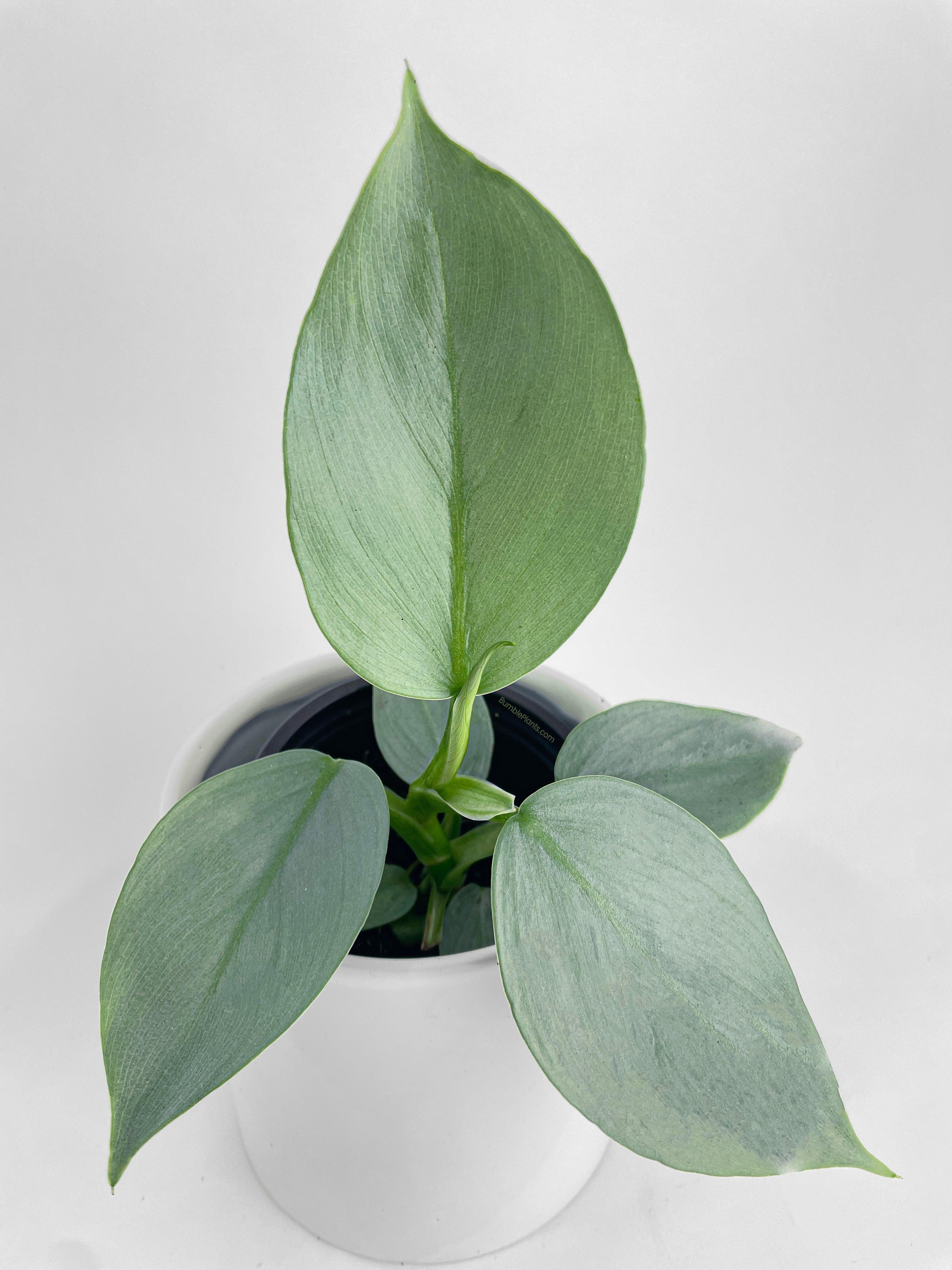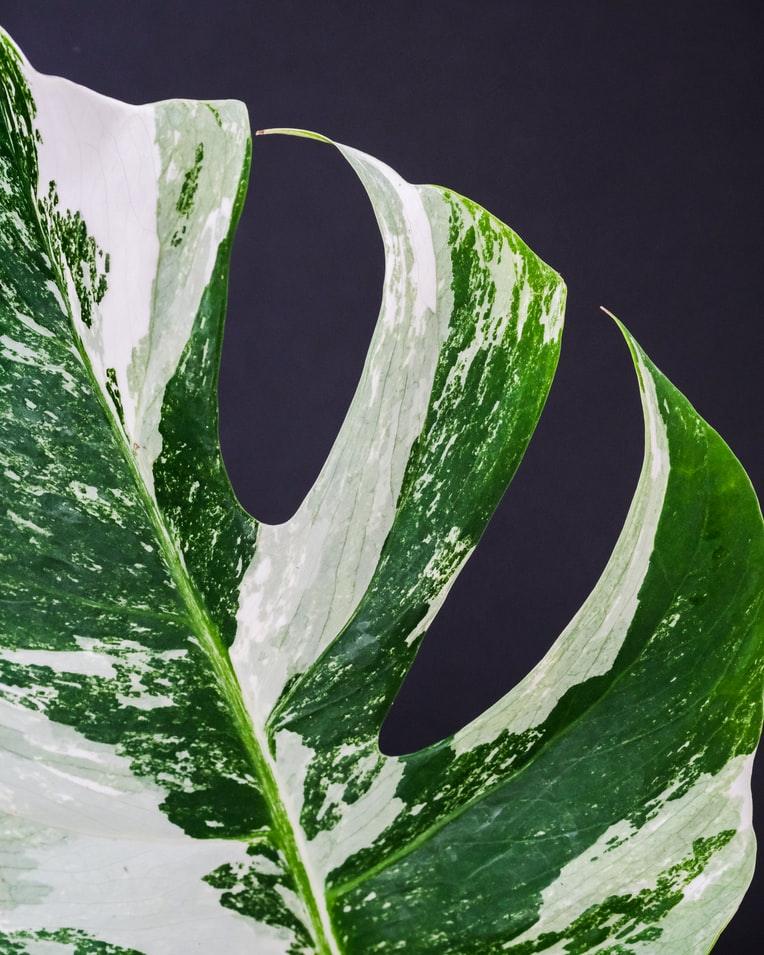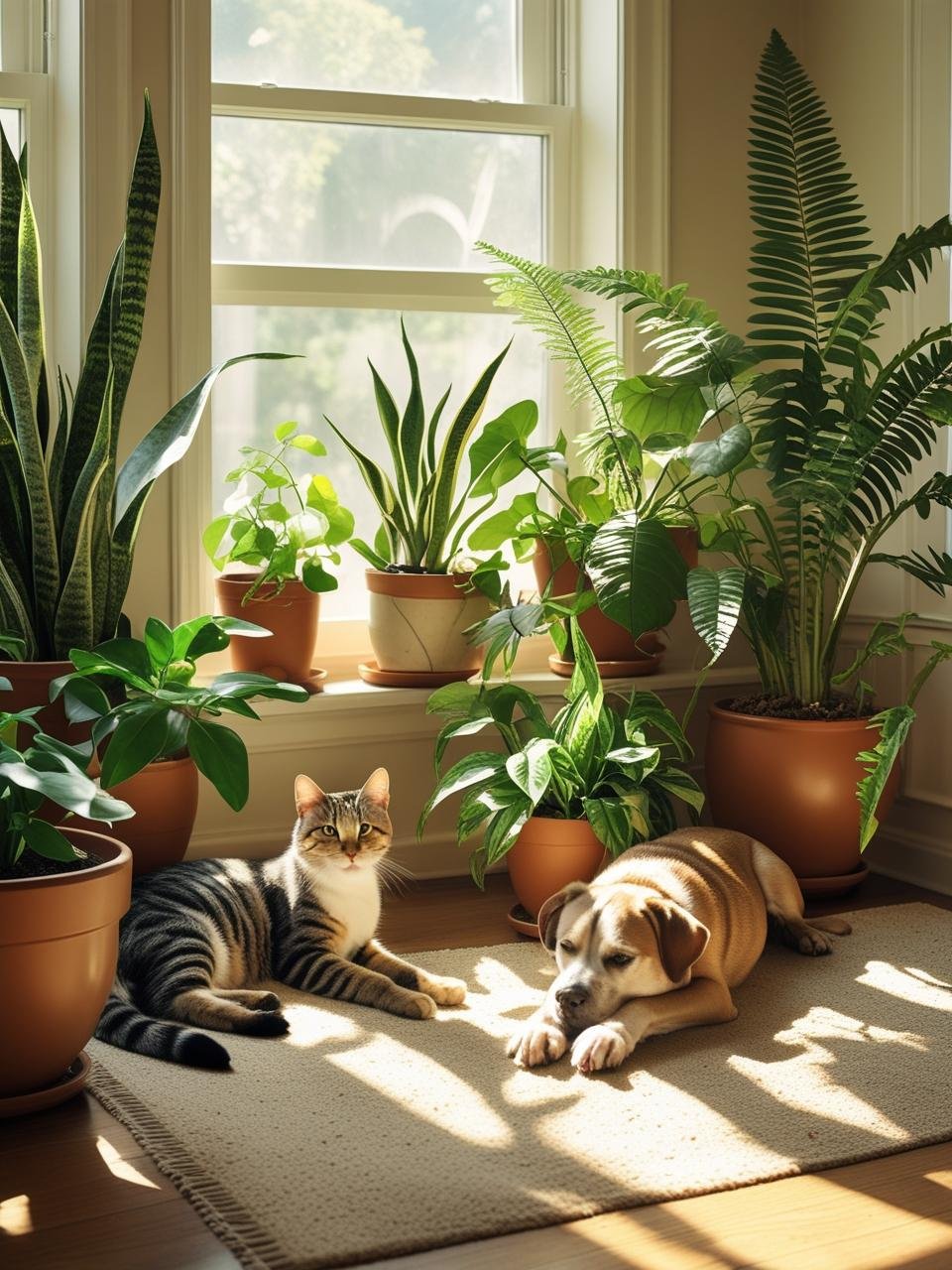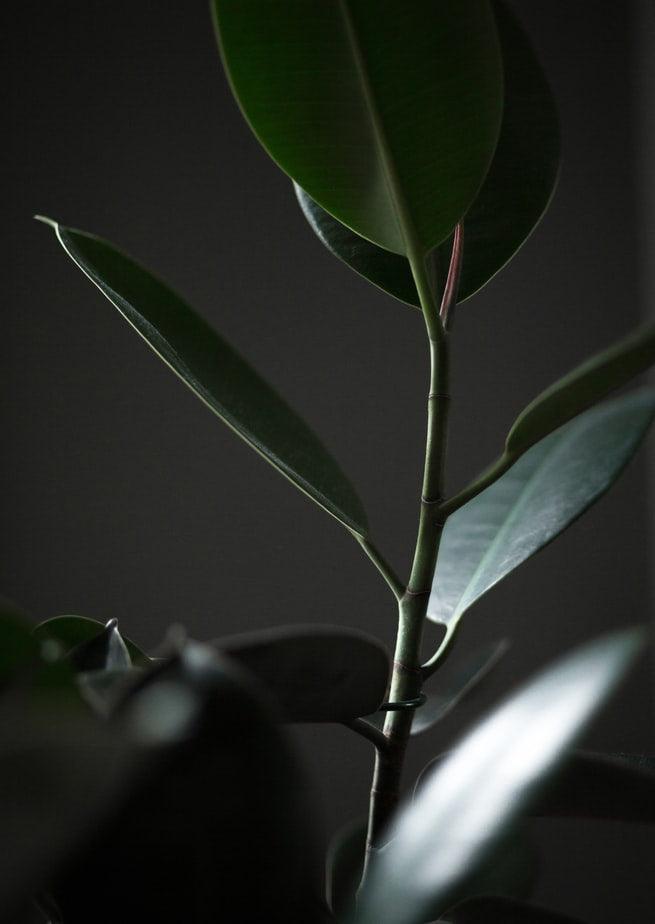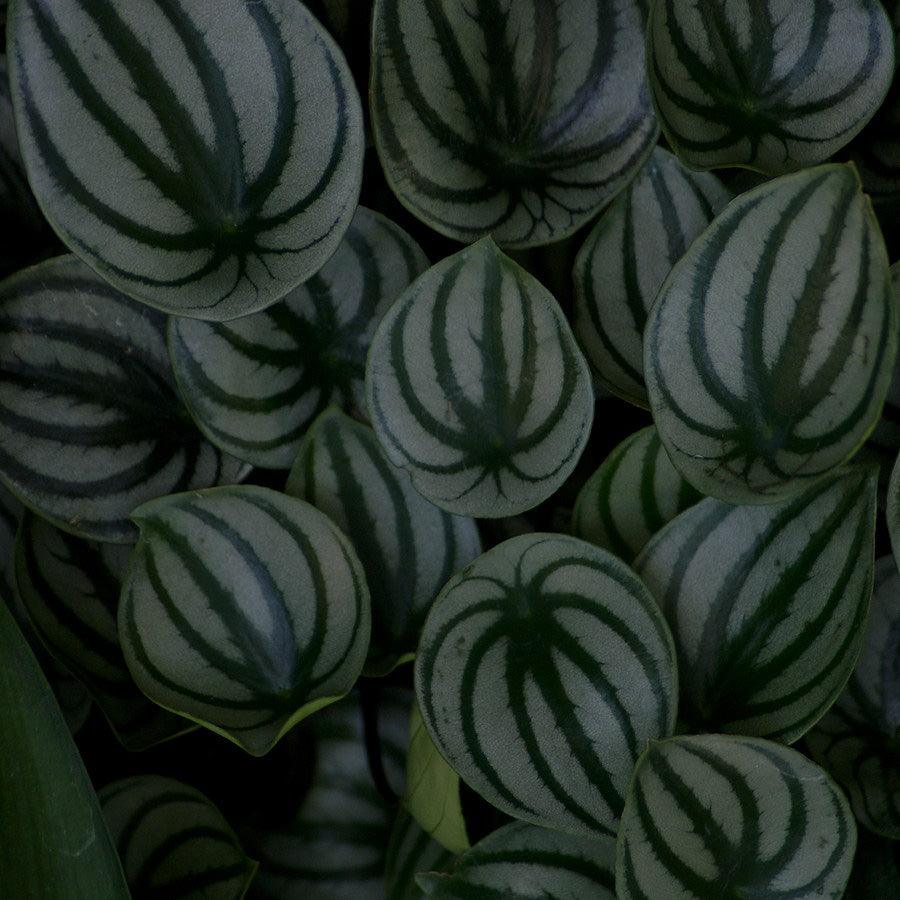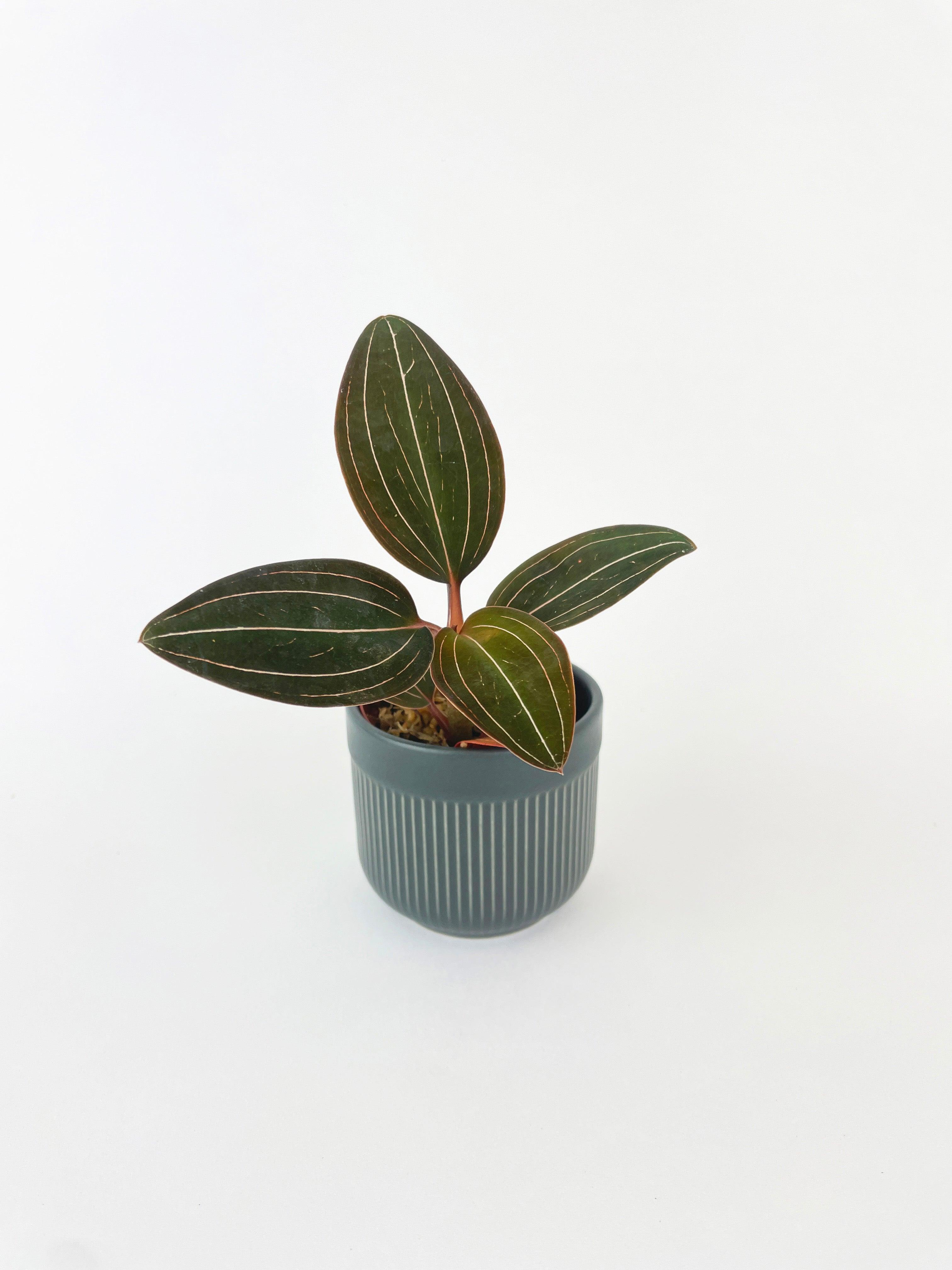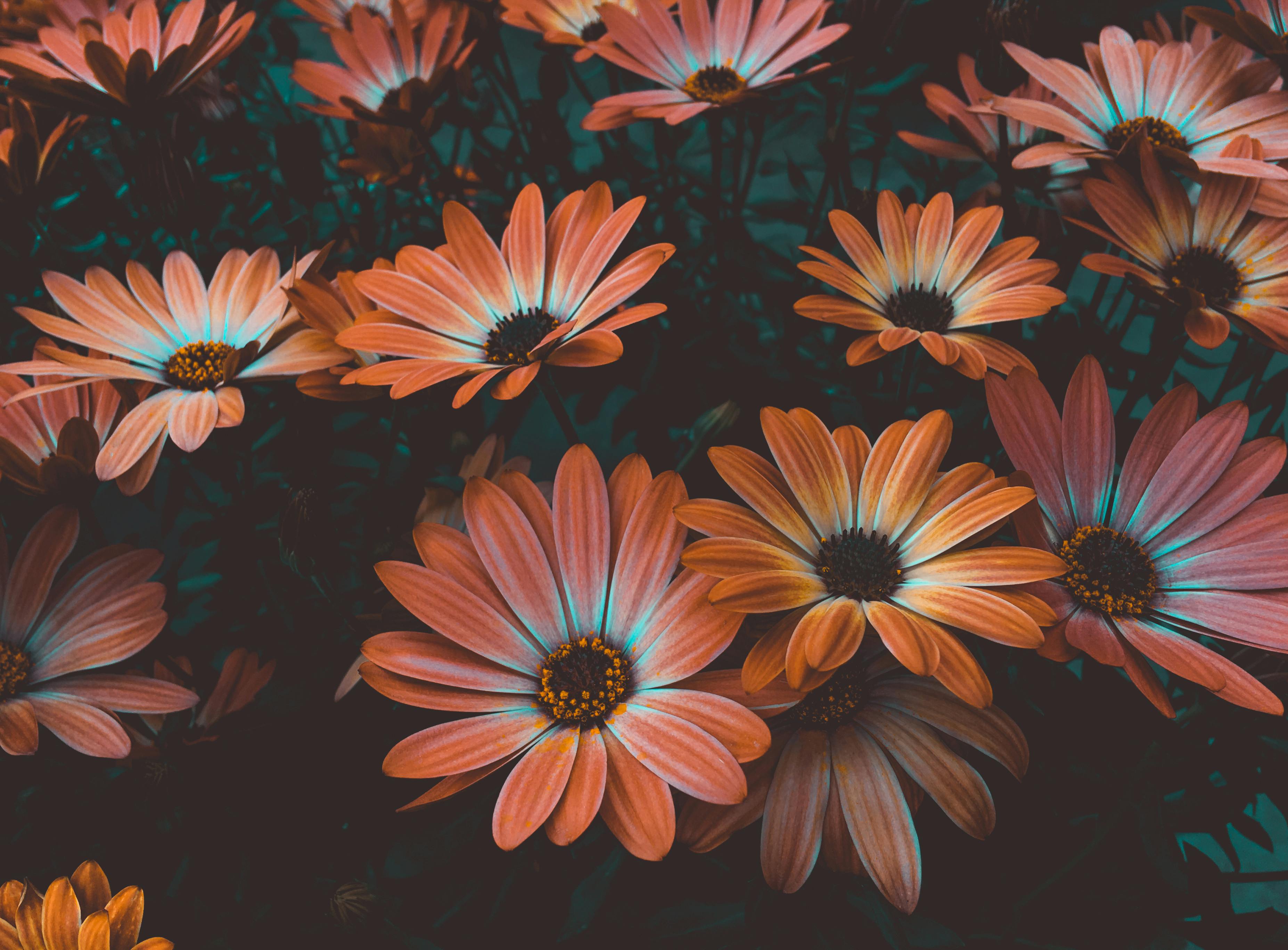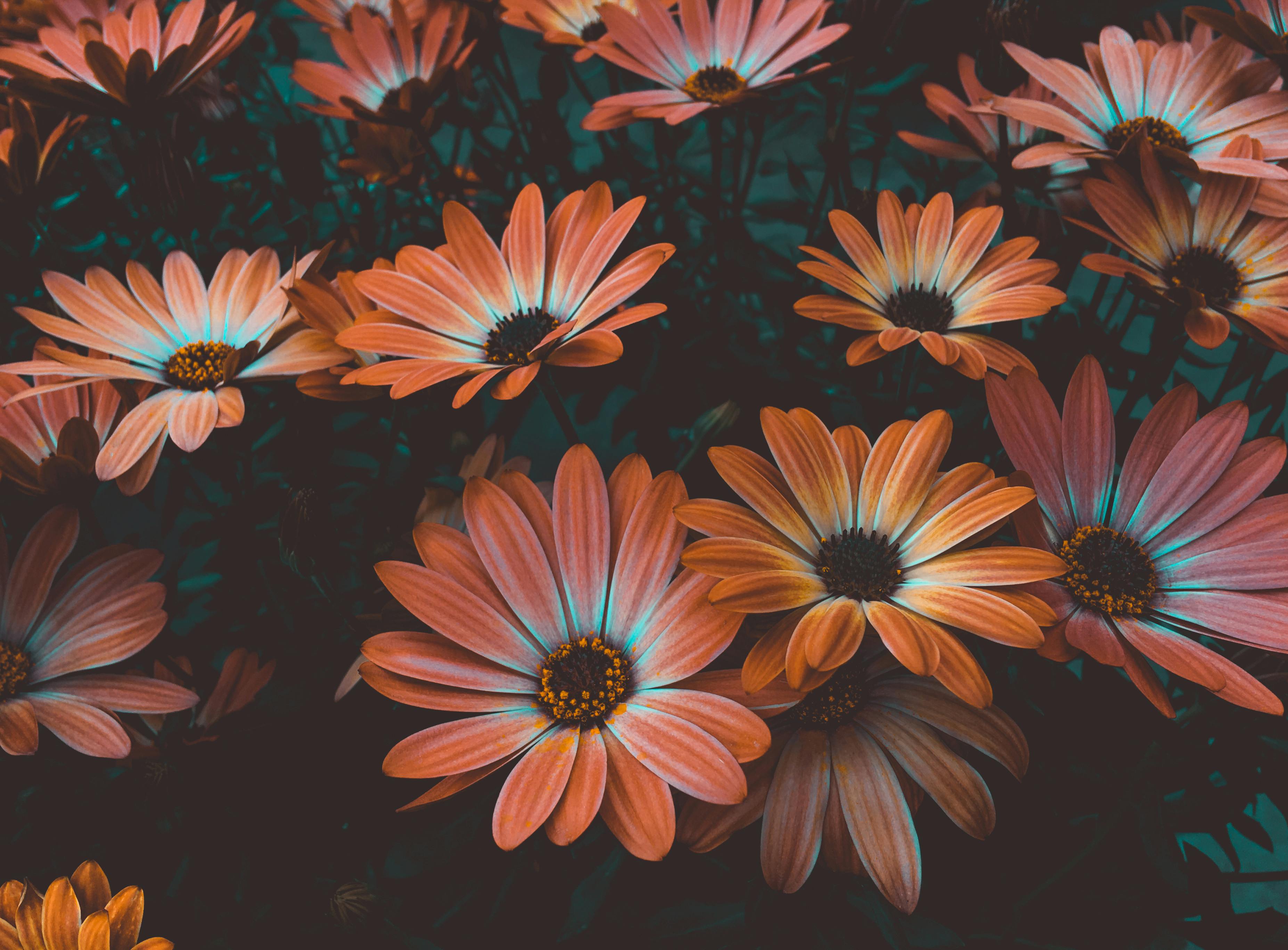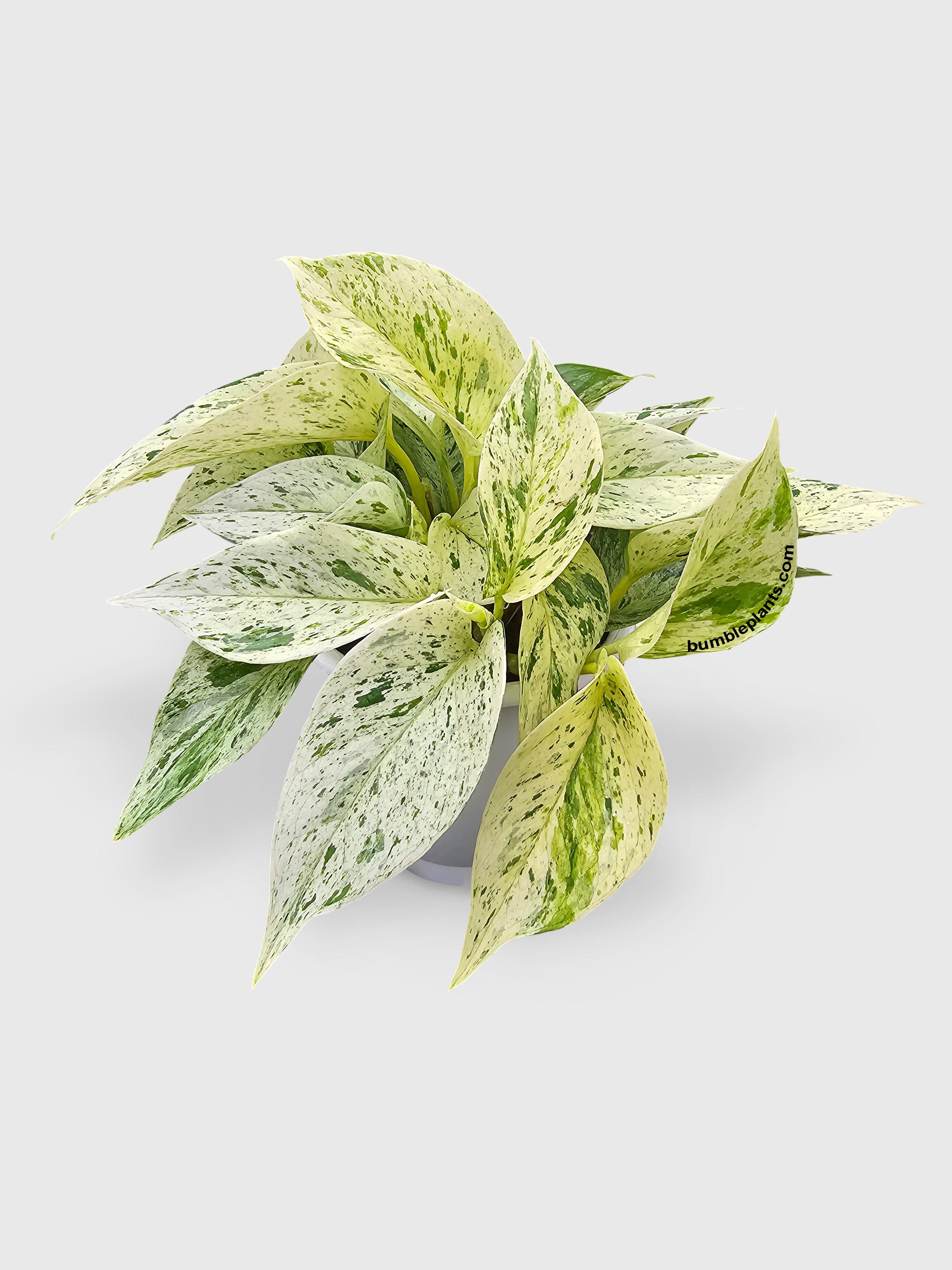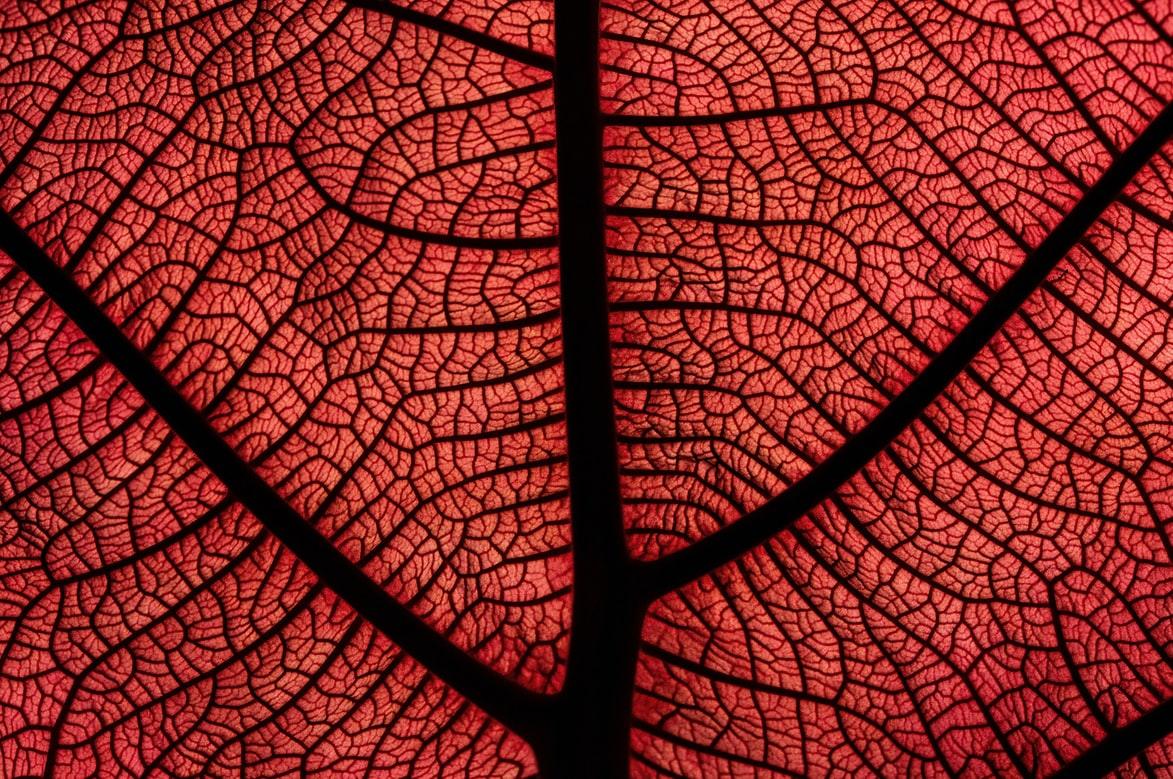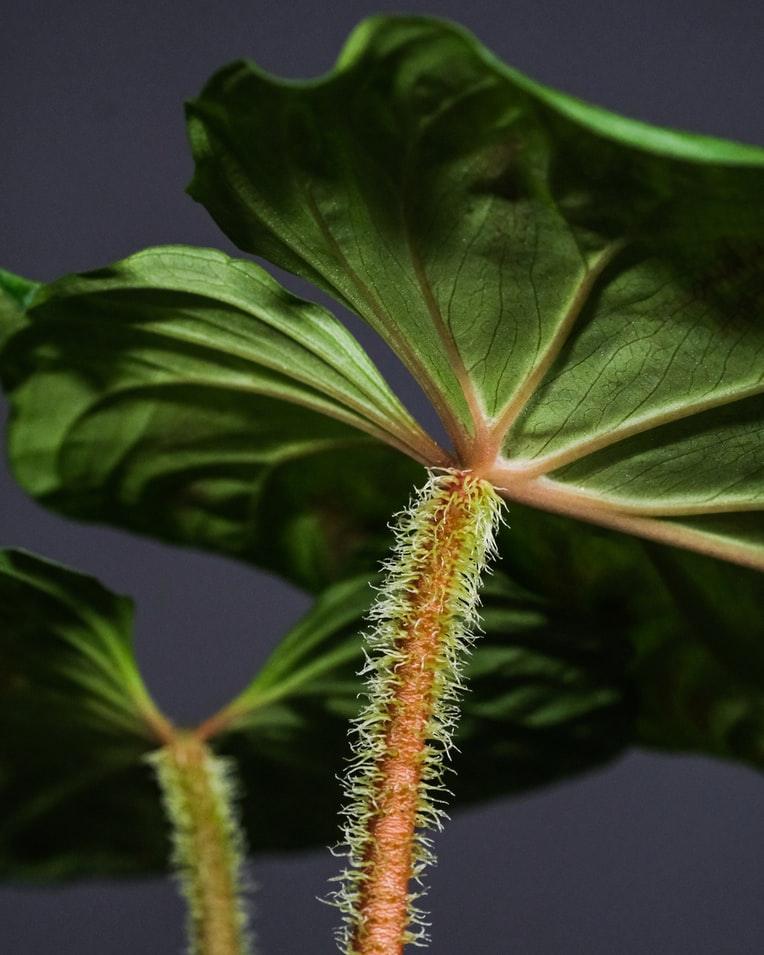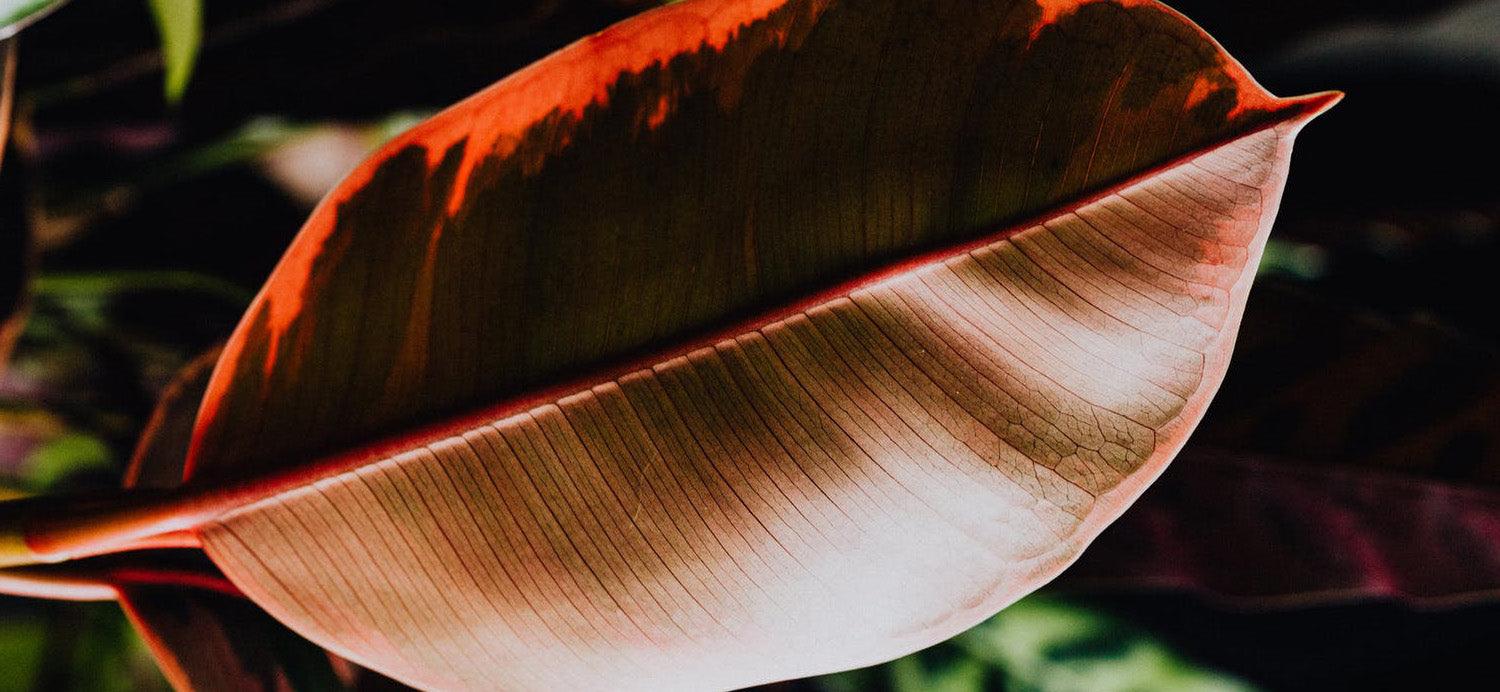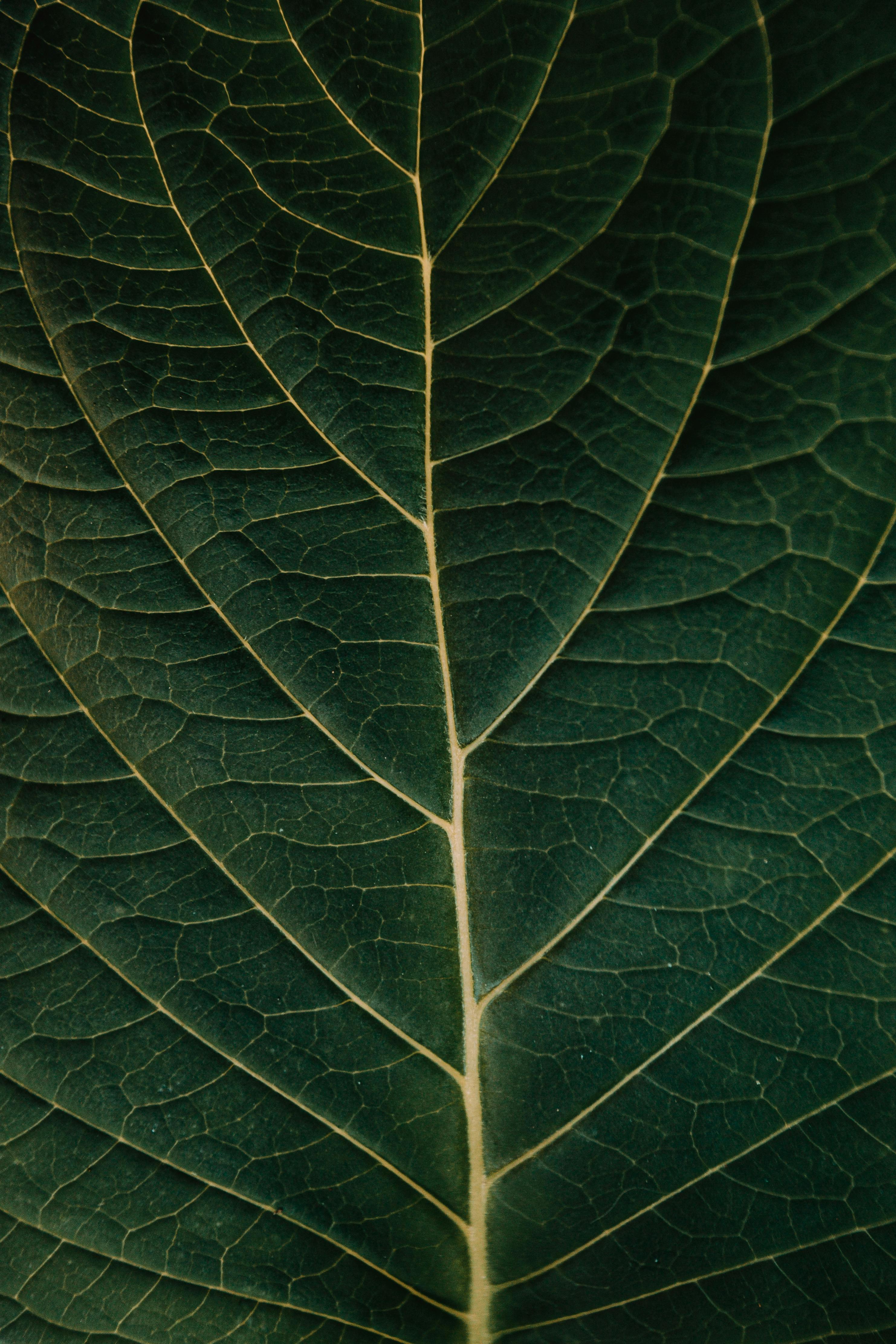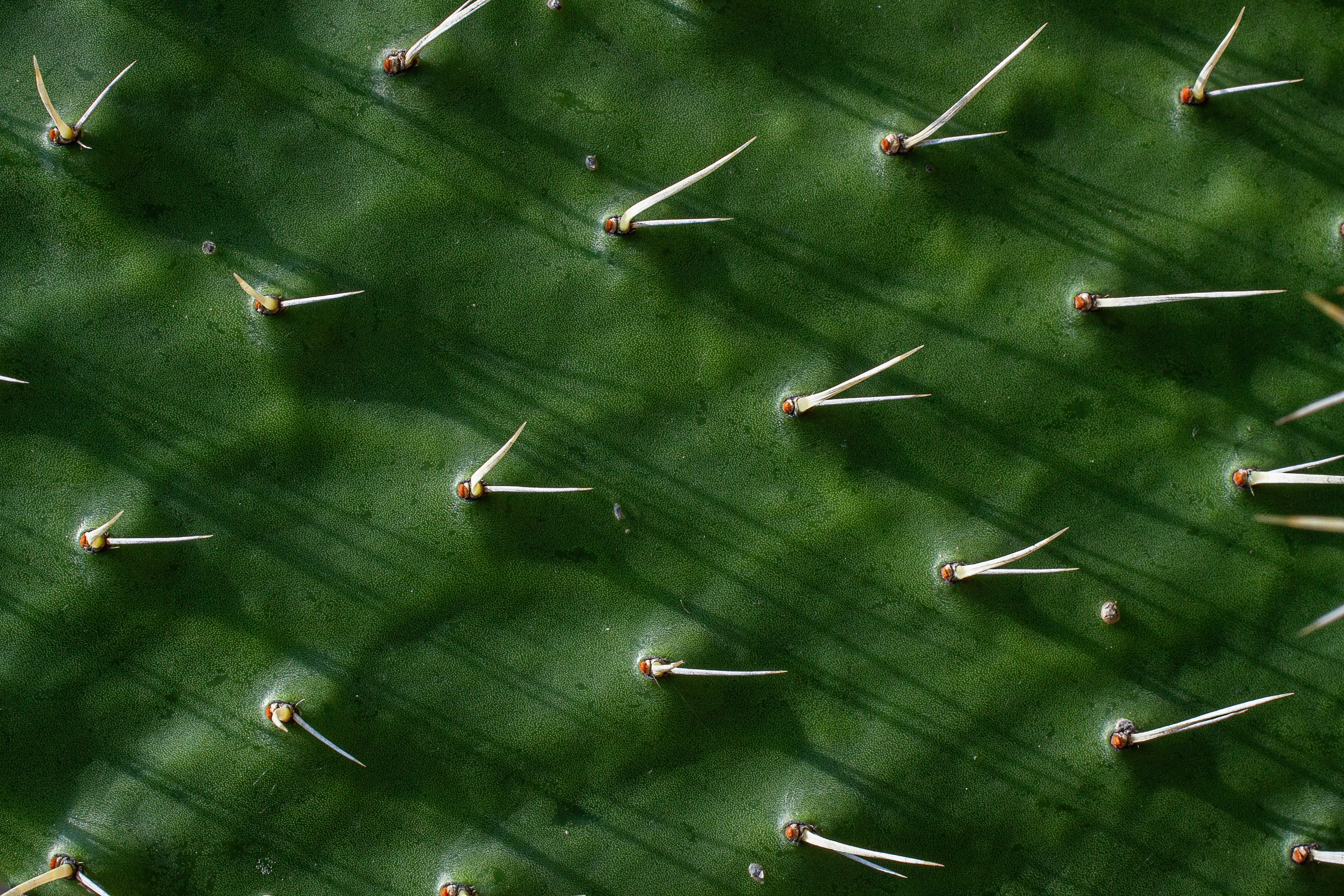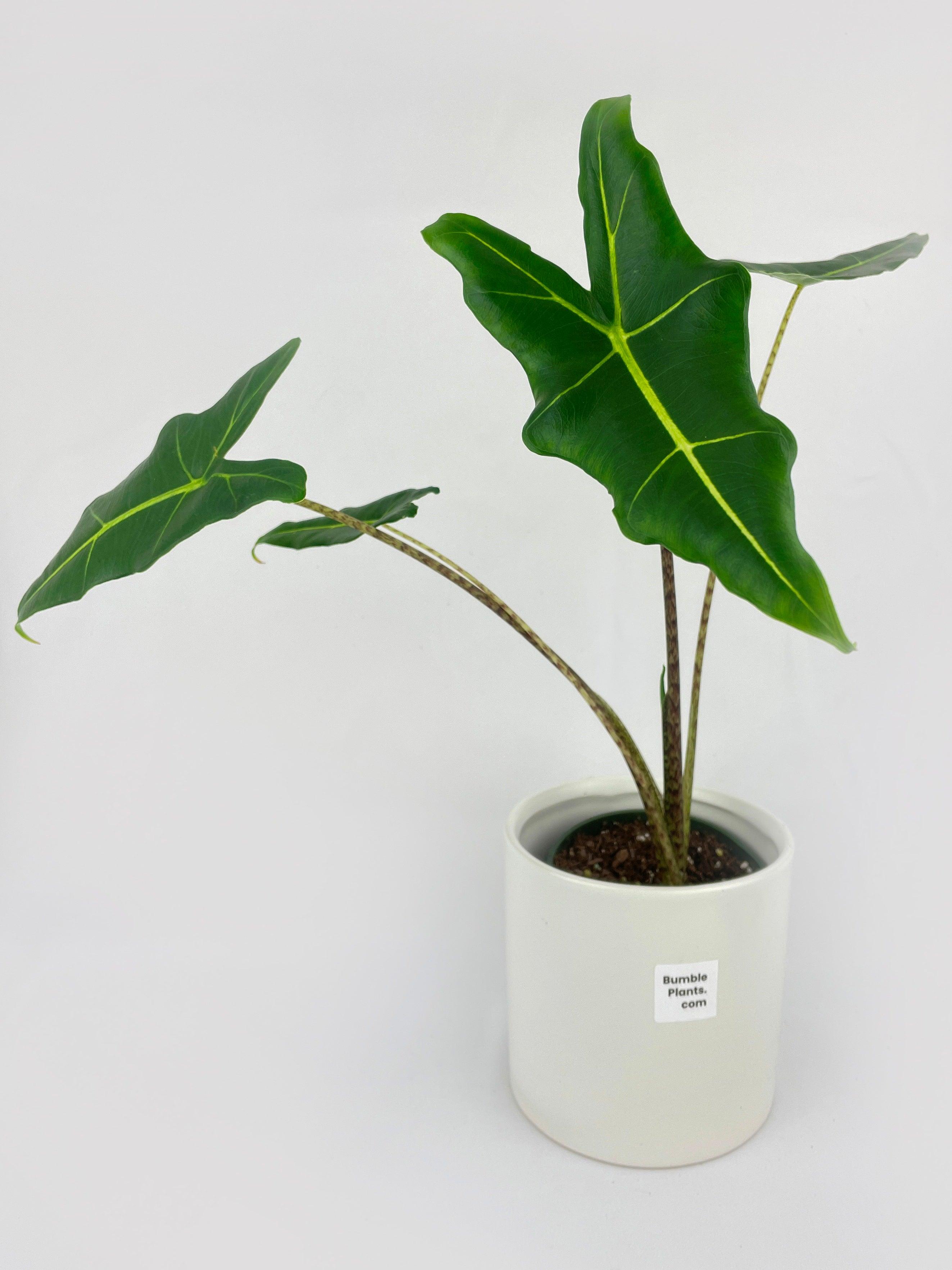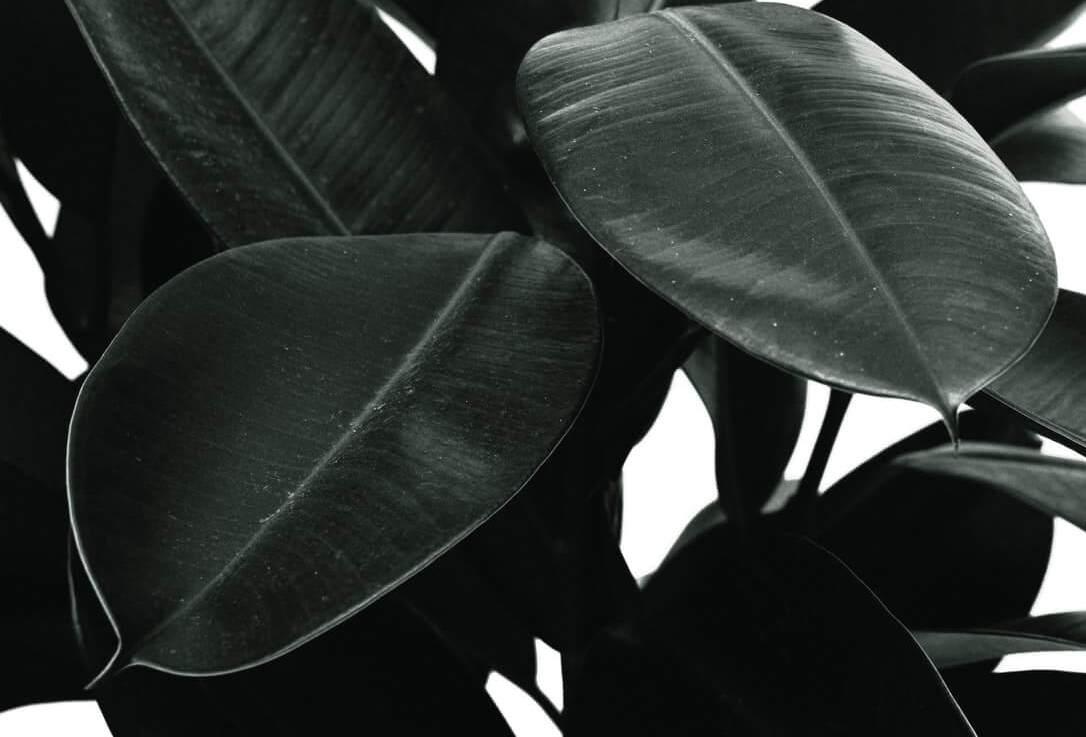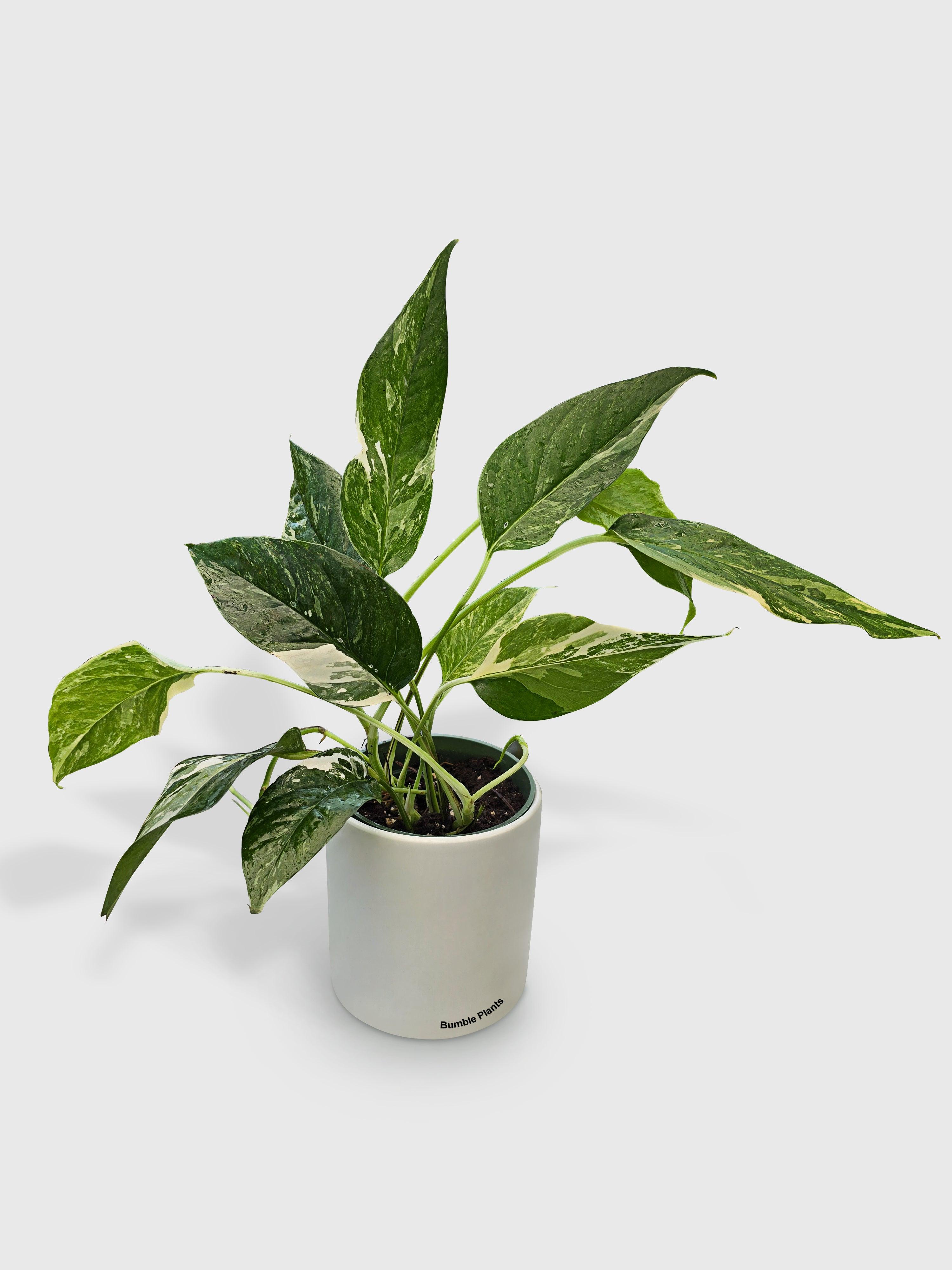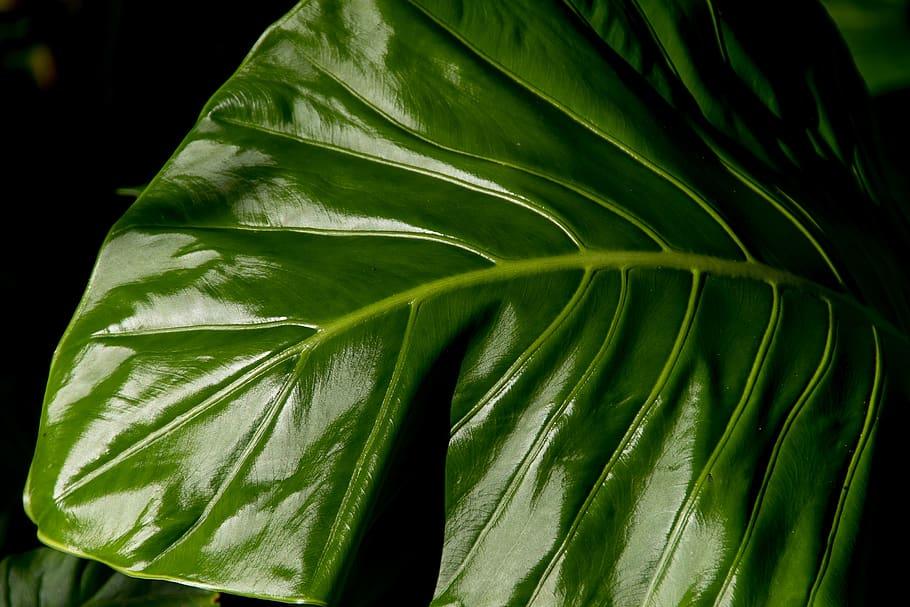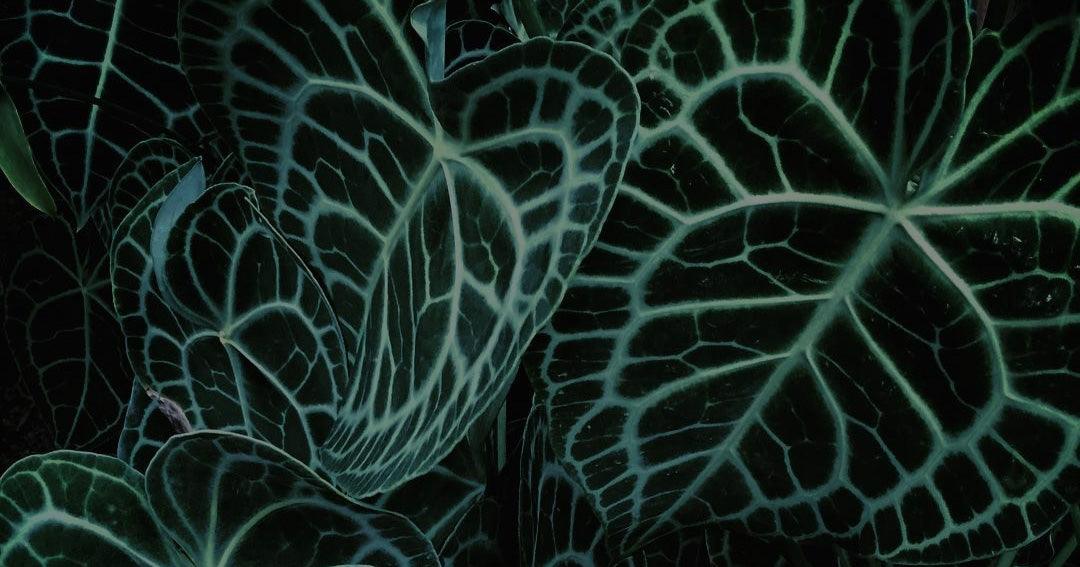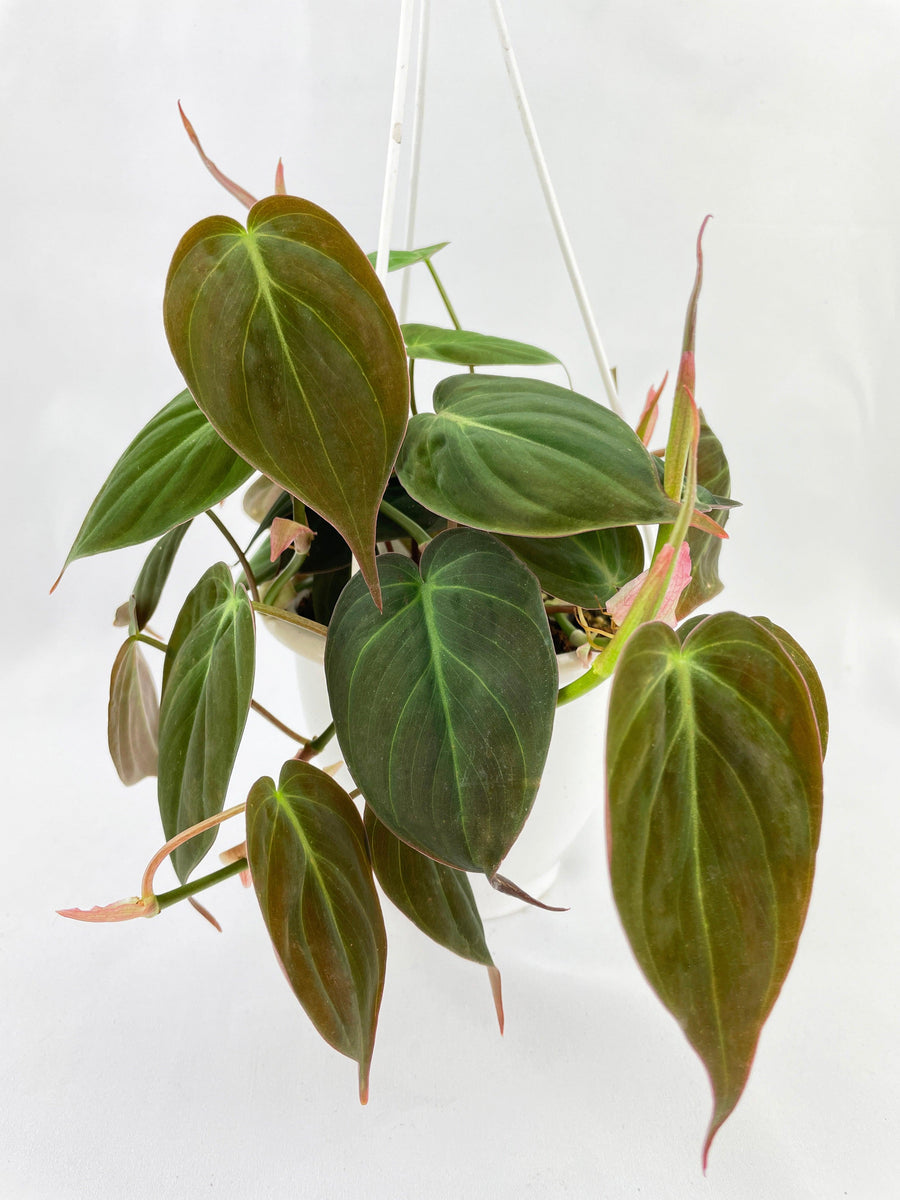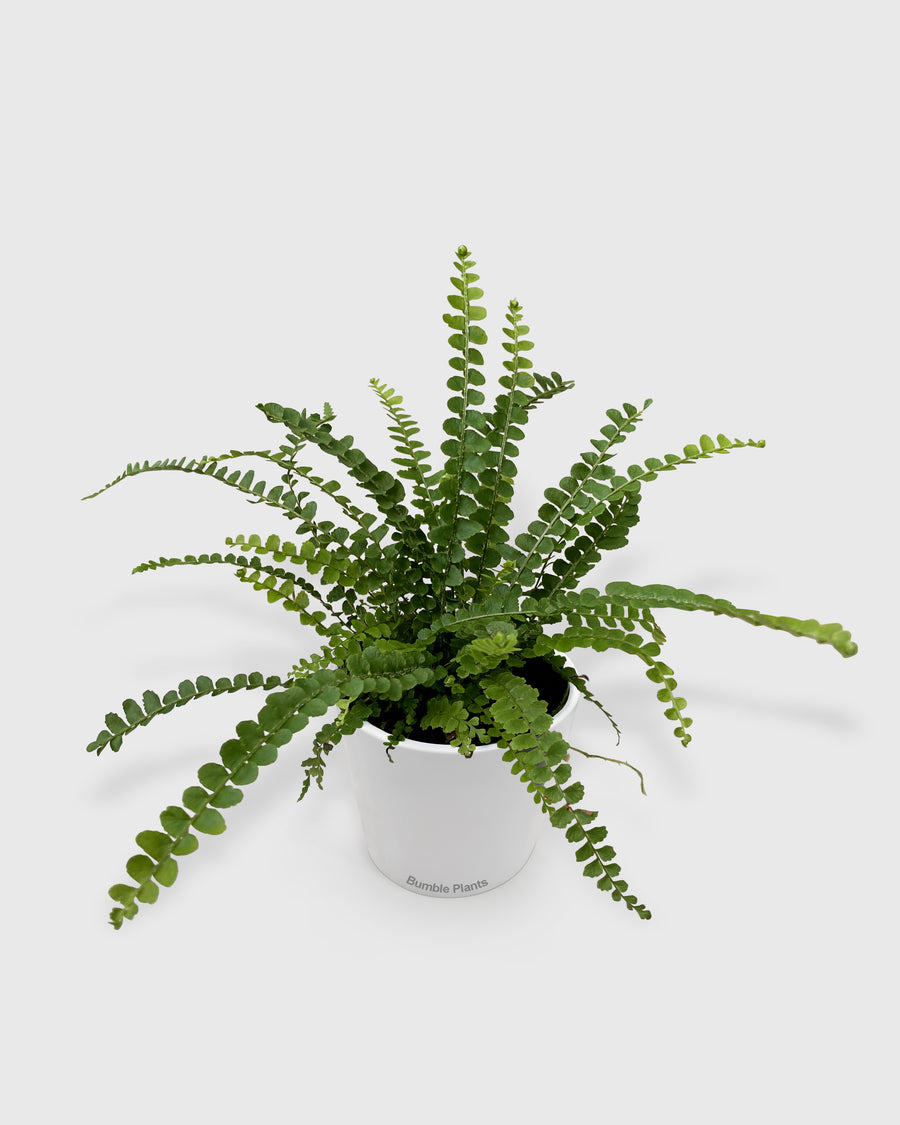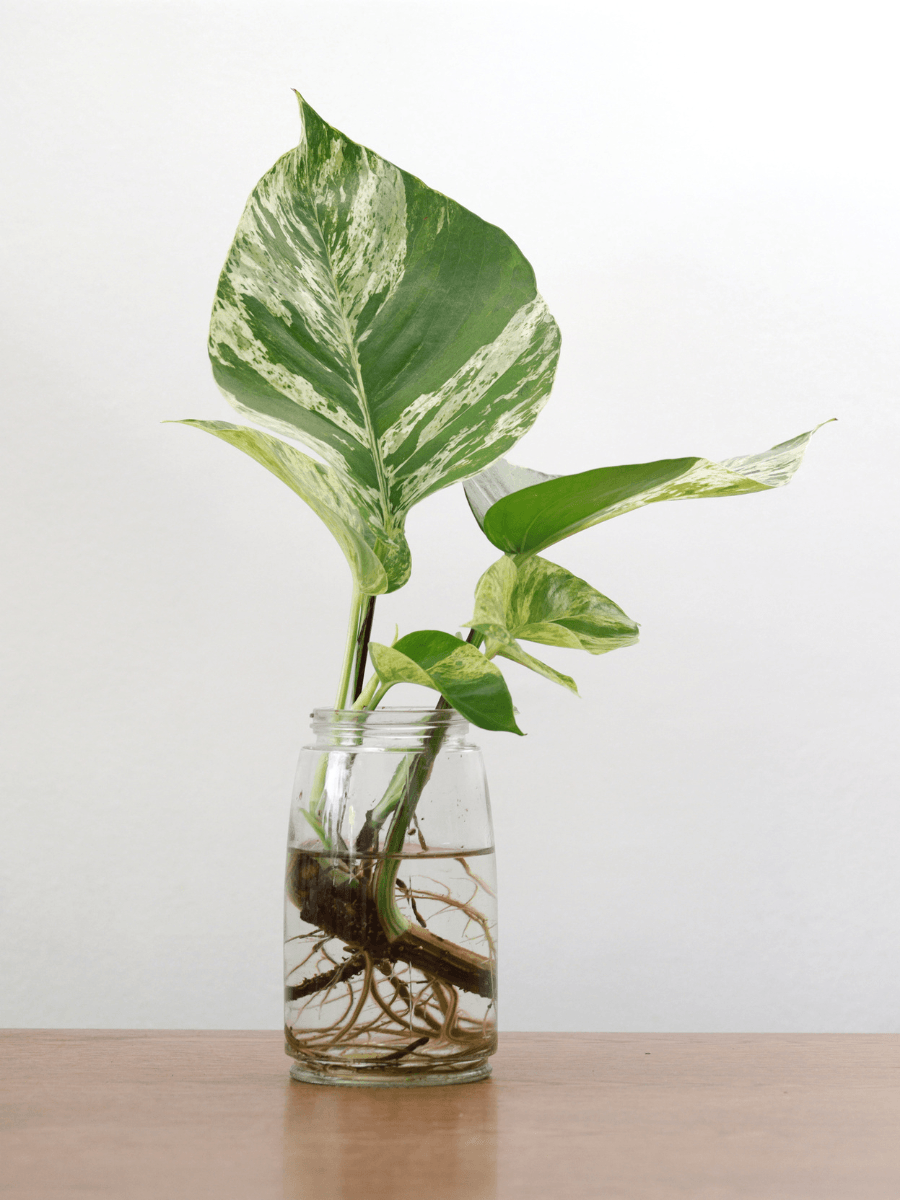
"Air layering certainly has a wider net of advantages and a higher success rate, not to mention the fact that it will work on much harder-to-root species, ultimately expanding the number of plants you can grow. However, water propagation is simpler and more straightforward."
At-home propagation is all the rage right now when it comes to houseplants. After all, it allows you to multiply your plant collection with little-to-no investment, make use of pruned cuttings that would otherwise go to waste and learn about the science of plant growth.
While many plant parents have tried their hand at growth from a seed, soil propagation, or water propagation, there’s a new kid in town that is taking over the world of propagation.
More and more plant parents are discovering the benefits of learning how to air-layer and believe it might just be better than traditional propagation methods.
To understand the key differences between air layering and water propagation, as well as the merits of each, we must first understand how each method works.
What is Water Propagation?
Water propagation is a method that involves soaking a plant cutting in water to promote rooting. This can be done with many easy-to-root plants without the need for specialty materials. As long as you have a small glass container- you’re good to go.
You can learn how to water propagate here.
Plants That Can Be Water Propagated

What are the Pros and Cons of Water Propagation?
✔ Pros:
- You do not need to remember to water or actively attend to your cuttings every day.
- The process of water propagation is super easy
- You can get the water propagation process started in a matter of minutes.
❌ Cons:
- You will need to remember to replace the water to keep your plant babies healthy
- Though the root development can happen rapidly, the growth of the actual plant may be slower than with other propagation methods.
- Rot and fungus are not uncommon as a result of too much water, unchanged water, or propagated plants left in water for too long before potting.
- When switching your water propagated plant over to soil, the fragile roots will need to adjust. If this is not done gradually, some roots may die off, leading to a less-healthy, potentially unsuccessful plant.
What is Air-Layering?
Air layering is a method of propagation where the stem of the plant is scored (cut) and wrapped to promote root growth. This is usually done while it is still attached to the original plant (or mother plant) and is then separated just below the roots for potting.

What are the Pros and Cons of Air-Layering?
✔ Pros:
- Air-layering will grow bigger plants much quicker. It’s normal to experience faster root growth than you would with the water propagation method, and rapid plant growth after a strong root system is developed.
- Your new plant will have identical features to its mother plant. This means you can replicate unique variegations or other characteristics that you enjoy- this is especially meaningful if they are rare.
- The success rate of this method is very high.
❌ Cons:
1. Air Layering might be efficient, but it is a time-consuming process to begin
2. Air-layering techniques are intricate and complex- it’s not unlikely that a propagation newbie but find the process confusing and frustrating.
Plants That Can Be Air-Layered
Air Layering is easiest to do with plants that have aerial roots such as Monstera and Philodendrons, causing some overlap with species that can be water propagated. However, it is air-layering will enable you to propagate some harder-to-root species such as:
- Ficus
- Magnolia
- Rhododendron
- Honeysuckle
- Holly
- Roses
- Azalea
- Boxwood
- Camellia
- Wax myrtle
So, which is better?
Ultimately, it depends on what species you are trying to propagate and how confident you are in your ability to follow the necessary steps for success.
Air layering certainly has a wider net of advantages and a higher success rate, not to mention the fact that it will work on much harder-to-root species, ultimately expanding the number of plants you can grow.
If you are an experienced plant owner who has already dabbled in propagation, it is certainly worth switching over to air layering and seeing how it works out for you.
However, the process is rather complex and is not for everybody. If you’re looking for an easy, beginner-friendly, cut-and-wait style propagation experiment, then water propagation might be more your speed.


